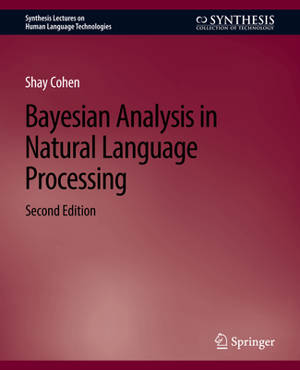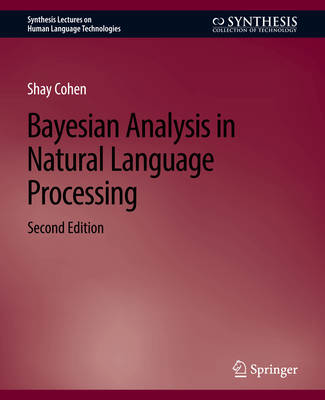
- Afhalen na 1 uur in een winkel met voorraad
- Gratis thuislevering in België vanaf € 30
- Ruim aanbod met 7 miljoen producten
- Afhalen na 1 uur in een winkel met voorraad
- Gratis thuislevering in België vanaf € 30
- Ruim aanbod met 7 miljoen producten
Zoeken
Machine Learning for Solar Array Monitoring, Optimization, and Control
Sunil Rao, Sameeksha Katoch, Vivek Narayanaswamy, Gowtham Muniraju, Cihan Tepedelenlioglu, Andreas Spanias
€ 55,95
+ 111 punten
Omschrijving
The efficiency of solar energy farms requires detailed analytics and information on each panel regarding voltage, current, temperature, and irradiance. Monitoring utility-scale solar arrays was shown to minimize the cost of maintenance and help optimize the performance of the photo-voltaic arrays under various conditions. We describe a project that includes development of machine learning and signal processing algorithms along with a solar array testbed for the purpose of PV monitoring and control. The 18kW PV array testbed consists of 104 panels fitted with smart monitoring devices. Each of these devices embeds sensors, wireless transceivers, and relays that enable continuous monitoring, fault detection, and real-time connection topology changes. The facility enables networked data exchanges via the use of wireless data sharing with servers, fusion and control centers, and mobile devices. We develop machine learning and neural network algorithms for fault classification. In addition, we use weather camera data for cloud movement prediction using kernel regression techniques which serves as the input that guides topology reconfiguration. Camera and satellite sensing of skyline features as well as parameter sensing at each panel provides information for fault detection and power output optimization using topology reconfiguration achieved using programmable actuators (relays) in the SMDs. More specifically, a custom neural network algorithm guides the selection among four standardized topologies. Accuracy in fault detection is demonstrate at the level of 90+% and topology optimization provides increase in power by as much as 16% under shading.
Specificaties
Betrokkenen
- Auteur(s):
- Uitgeverij:
Inhoud
- Aantal bladzijden:
- 81
- Taal:
- Engels
- Reeks:
Eigenschappen
- Productcode (EAN):
- 9783031013775
- Verschijningsdatum:
- 31/08/2020
- Uitvoering:
- Paperback
- Formaat:
- Trade paperback (VS)
- Afmetingen:
- 191 mm x 235 mm
- Gewicht:
- 191 g

Alleen bij Standaard Boekhandel
+ 111 punten op je klantenkaart van Standaard Boekhandel
Beoordelingen
We publiceren alleen reviews die voldoen aan de voorwaarden voor reviews. Bekijk onze voorwaarden voor reviews.











